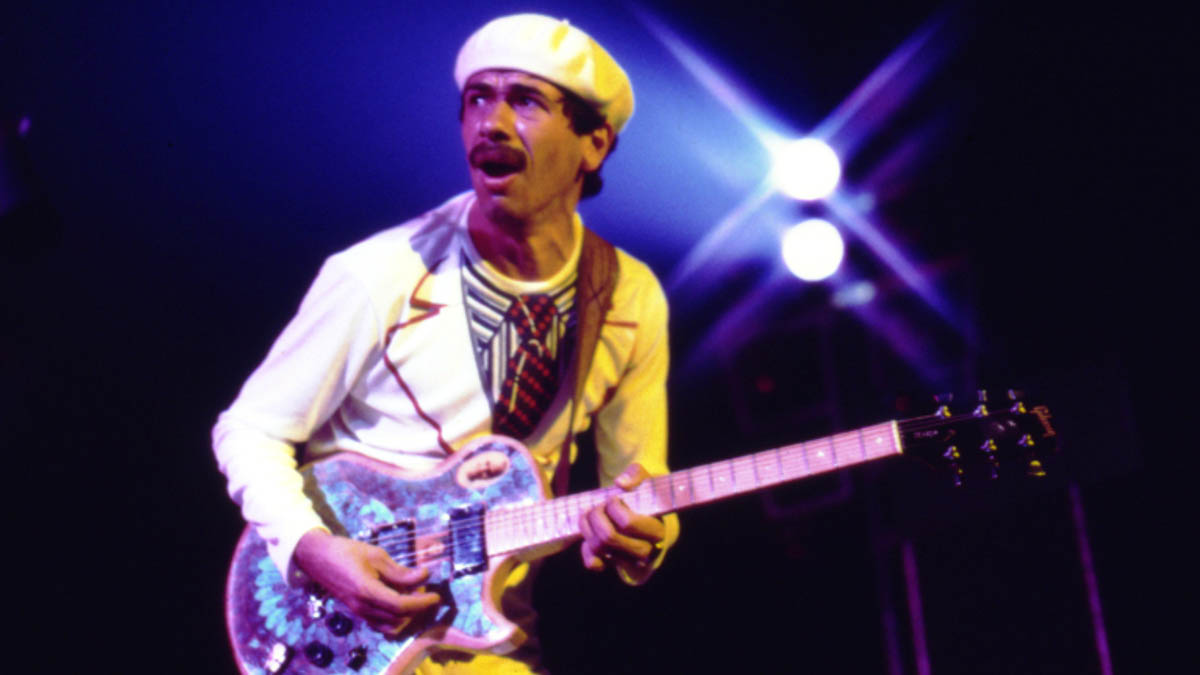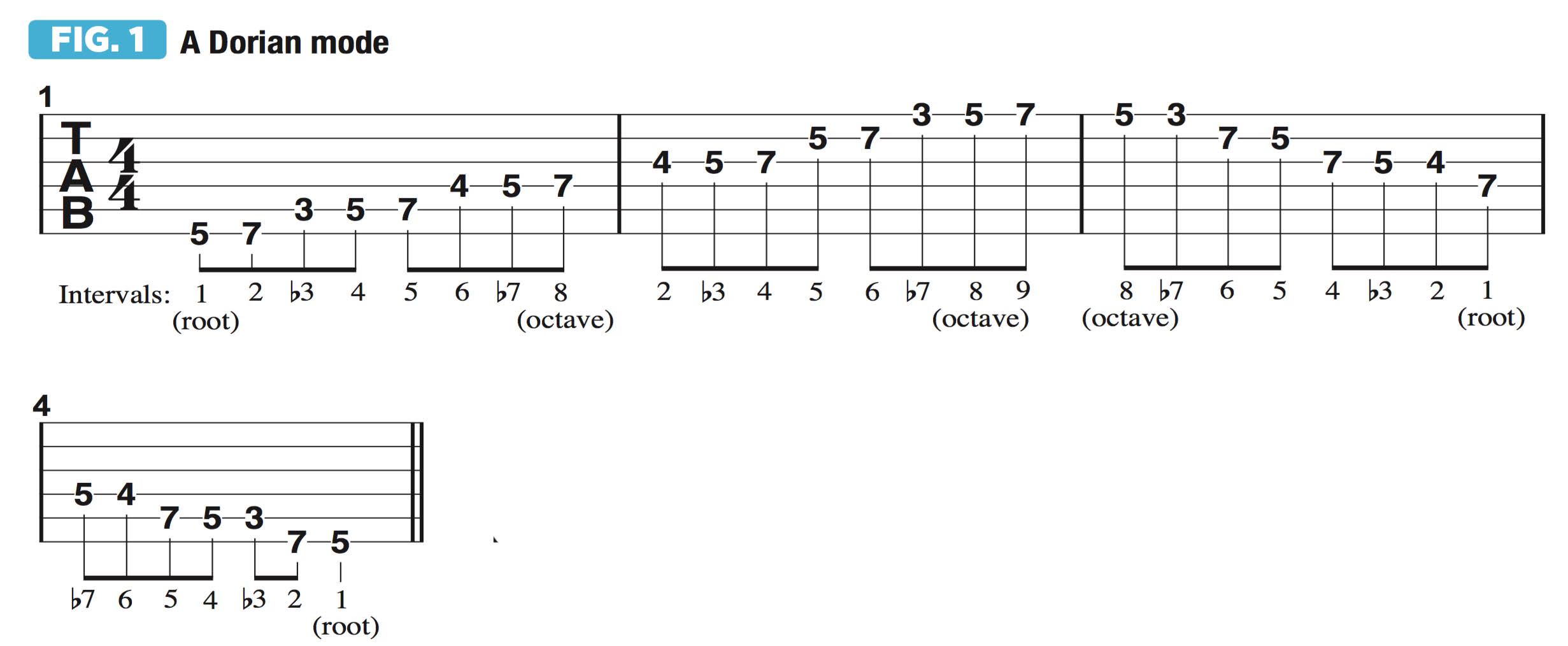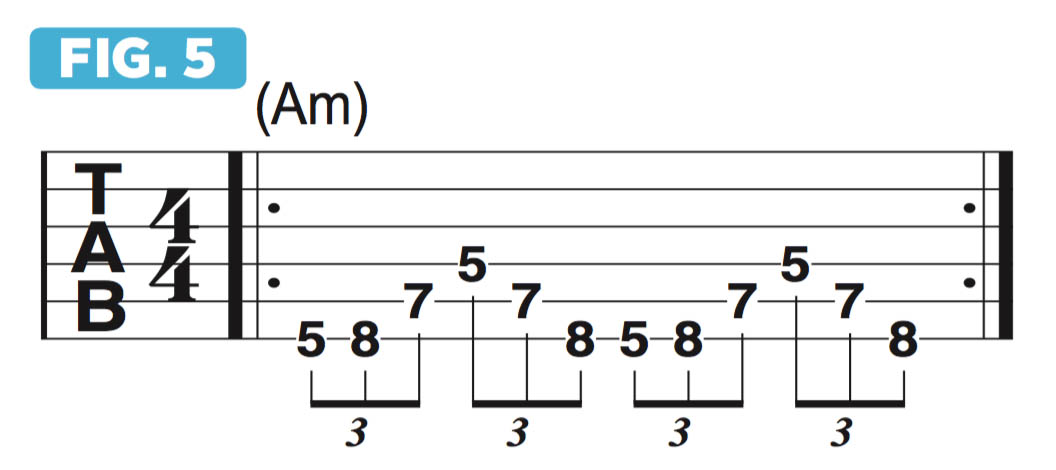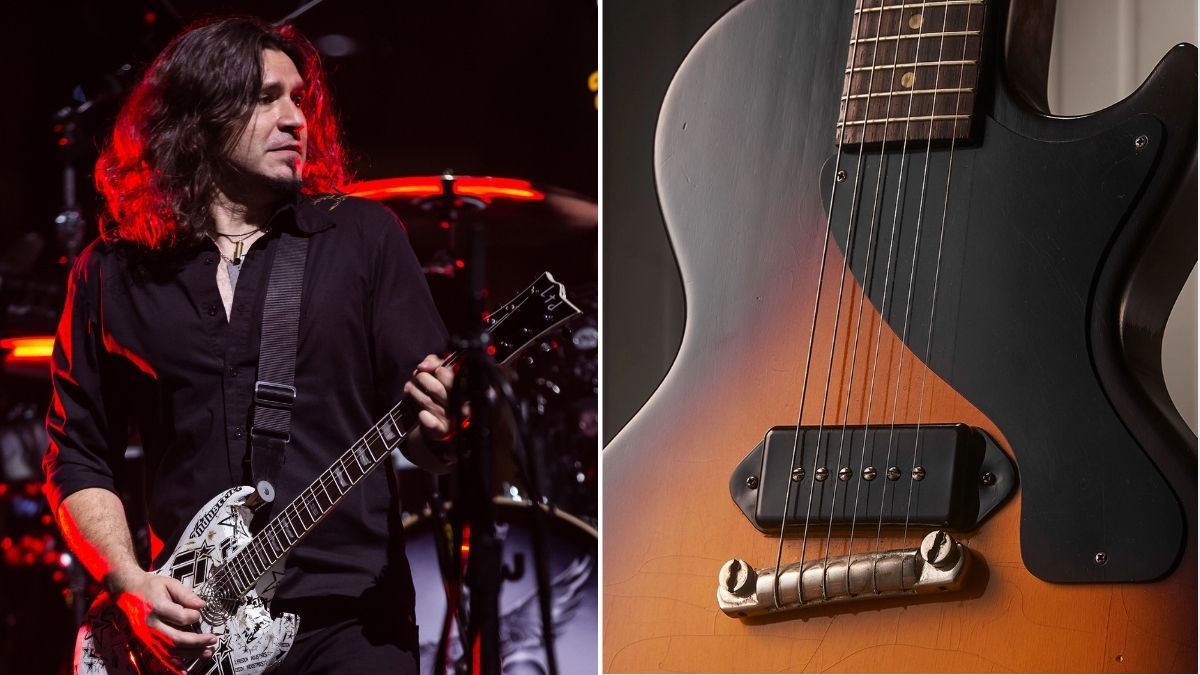How to play 7th-chord arpeggios in four-note sequences
Unlock the fretboard for Santana-style improvisation with this lesson that takes the A Dorian mode and runs with it

Last time, I demonstrated a variety of ways to play patterns based on four-note 7th-chord arpeggios as ascending and descending eighth-note triplets. Those patterns were all based on the A major scale, also known as the A Ionian mode (A, B, C#, D, E, F#, G#).
Now, let’s switch up two of the variables: instead of basing the figures on the A major scale, we’ll switch to the parallel A Dorian mode (A, B, C, D, E, F#, G), and instead of playing eighth-note triplets, we’ll use even, or “straight,” eighth notes.
These four-note forms are invaluable for learning proper scales and chord shapes across the fretboard in every position, but an equally important aspect of memorizing these forms is that they can be very useful when improvising, especially in regard to discovering the great many ways to connect four-note arpeggiated shapes on different string groups and areas of the fretboard.
Figure 1 illustrates the A Dorian mode, which is spelled intervallically: 1(root), 2, b3, 4, 5, 6, b7, 8(octave).
As shown here, this scale pattern covers two full octaves, with the 9th, B (which is the 2nd, an octave higher), included as the highest note. Play the pattern repeatedly in order to get it firmly entrenched in your muscle memory.

You may notice that this note set is the same as that of the G major scale (G, A, B, C, D, E, F#), illustrated in Figure 2.
The A Dorian mode is formed by starting on the second scale degree of G major, A, and, with A as the new root note, continuing up to A one octave higher, or beyond. The A Dorian mode may sound familiar, as it has been used in a great many classic rock songs, a prime example being Oye Como Va by Santana.

Figure 3 offers a melodic line inspired by that tune’s intro. To review, an arpeggio is a “broken chord,” the notes of which are played individually and in succession. Last month, we focused on four-note 7th chords built from the A major scale utilizing the scale degrees 1, 3, 5, and 7, played in triplet patterns.

Figure 4 illustrates this template applied to A Dorian. These scale degrees give us the notes of an A minor 7 (Am7) arpeggio – A, C, E, G – played here across two octaves.

Figures 5 and 6 illustrate how to play Am7 arpeggios as eighth-note triplets, starting from different notes of the arpeggio.
Figure 5

Figure 6

Figures 7 and 8 demonstrate how jazz musicians, such as guitarist Wes Montgomery, incorporate 7th-chord arpeggios into solos, with four-note arpeggios built from every scale degree of A Dorian.
Figure 7

Figure 8

Get The Pick Newsletter
All the latest guitar news, interviews, lessons, reviews, deals and more, direct to your inbox!
Guitar World Associate Editor Andy Aledort is recognized worldwide for his vast contributions to guitar instruction, via his many best-selling instructional DVDs, transcription books and online lessons. Andy is a regular contributor to Guitar World and Truefire, and has toured with Dickey Betts of the Allman Brothers, as well as participating in several Jimi Hendrix Tribute Tours.











